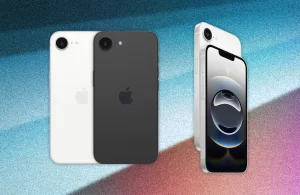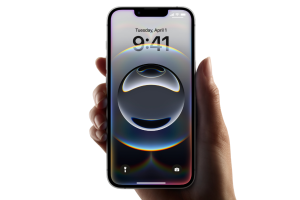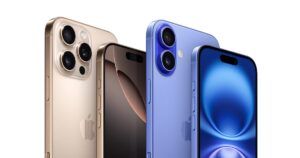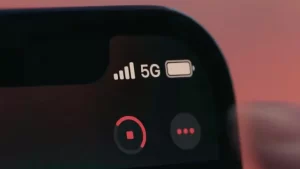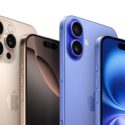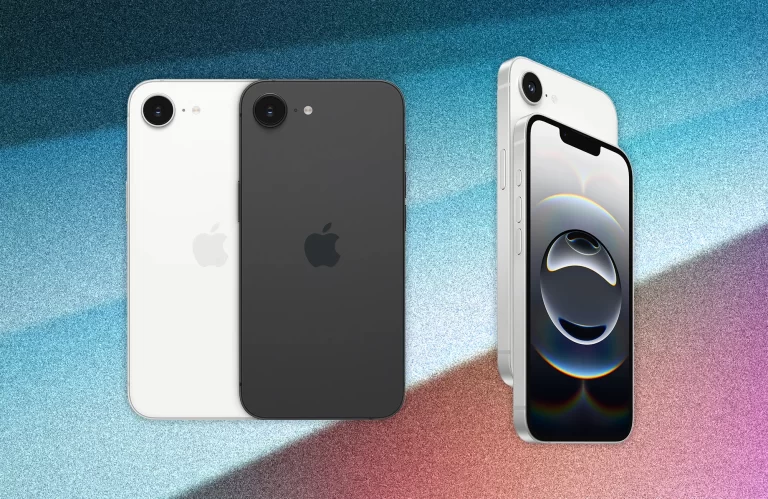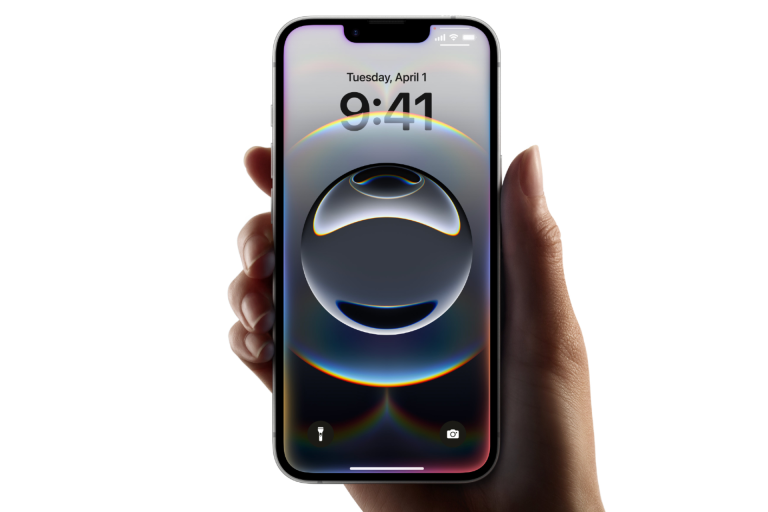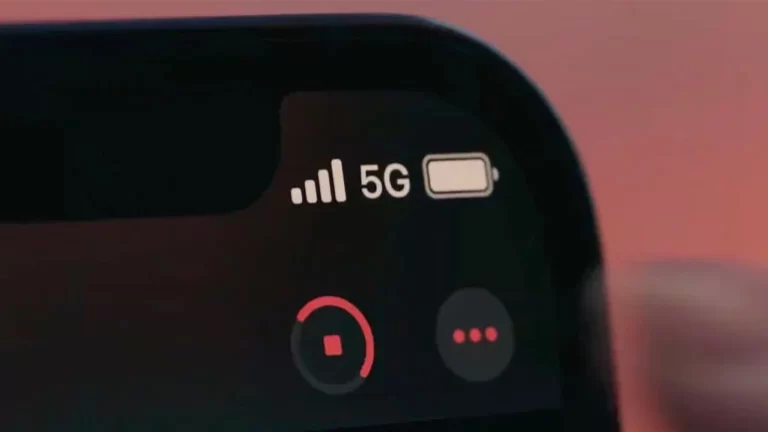When purchasing an iPhone 16, one of the most critical factors to consider is its compatibility with 5G bands. This ensures that you get the fastest speeds and optimal connectivity in your region. The iPhone 16 sold in India, Thailand, and the United States may have differences in the supported 5G bands based on regional network standards. Here, we’ll break down these differences to help you make an informed choice.
Why 5G Bands Matter
5G network frequencies vary across regions due to spectrum allocations by governments and telecom providers. A device optimized for one country may not support all the 5G bands used in another. Choosing the right variant ensures you can enjoy seamless high-speed connectivity wherever you are.
5G Bands Supported by iPhone 16
| Feature | iPhone 16 (India) | iPhone 16 (Thailand) | iPhone 16 (US) |
|---|---|---|---|
| Sub-6 GHz Bands | N1, N3, N8, N28, N78 | N1, N3, N8, N28, N40, N78 | N2, N5, N12, N41, N71, N77, N78 |
| mmWave Support | Not supported | Limited (for urban areas) | Fully supported (nationwide) |
| Primary Use Case | Affordable, wide coverage | Balanced coverage and speed | Ultra-high speed in urban areas |
| Carrier Compatibility | Airtel, Jio, VI | AIS, True, DTAC | AT&T, Verizon, T-Mobile |
Key Differences
1. Sub-6 GHz vs mmWave Support
- India: The iPhone 16 sold in India primarily supports Sub-6 GHz bands, catering to the widespread rollout of mid-band 5G by providers like Jio and Airtel. There’s no mmWave support, which means ultra-high-speed networks won’t be accessible.
- Thailand: Thailand’s variant has broader Sub-6 GHz coverage and limited mmWave functionality in select urban areas. This ensures a balance between speed and network availability.
- US: The US version supports both Sub-6 GHz and mmWave extensively, enabling lightning-fast speeds, particularly in urban centers where mmWave is deployed.
2. Carrier-Specific Bands
Each region optimizes the iPhone 16 for local carriers. In India, the focus is on mid-band frequencies like N78, while in Thailand, an additional band (N40) is common. The US version offers the most extensive compatibility, including low-band (N71) for rural areas and mmWave for cities.
3. Price vs Features
Indian and Thai variants are slightly more affordable, given the absence or limited use of mmWave. The US version, however, supports the widest array of bands but comes with a higher price tag.
Which Version Should You Choose?
- For India: The Indian variant is ideal for users sticking to local networks, as it’s optimized for the prevalent Sub-6 GHz frequencies.
- For Thailand: Opt for the Thai version if you’re based in Southeast Asia, as it ensures compatibility with both domestic and neighboring countries’ 5G networks.
- For the US: The US model is perfect for those who prioritize ultra-high-speed connectivity or travel frequently to regions with mmWave networks.
Conclusion
The choice of the iPhone 16 variant depends on your location and connectivity needs. While the Indian version caters to affordability and regional network compatibility, the Thai model strikes a balance between coverage and speed. The US version stands out for its comprehensive 5G band support, including mmWave, but at a premium price.
Pro Tip: Always verify the supported bands with your carrier before purchasing to ensure maximum network performance!

